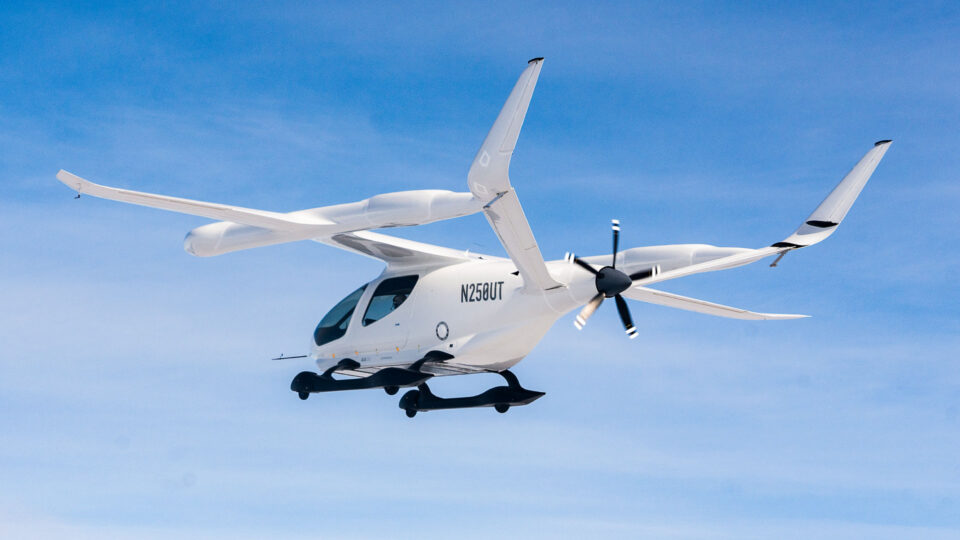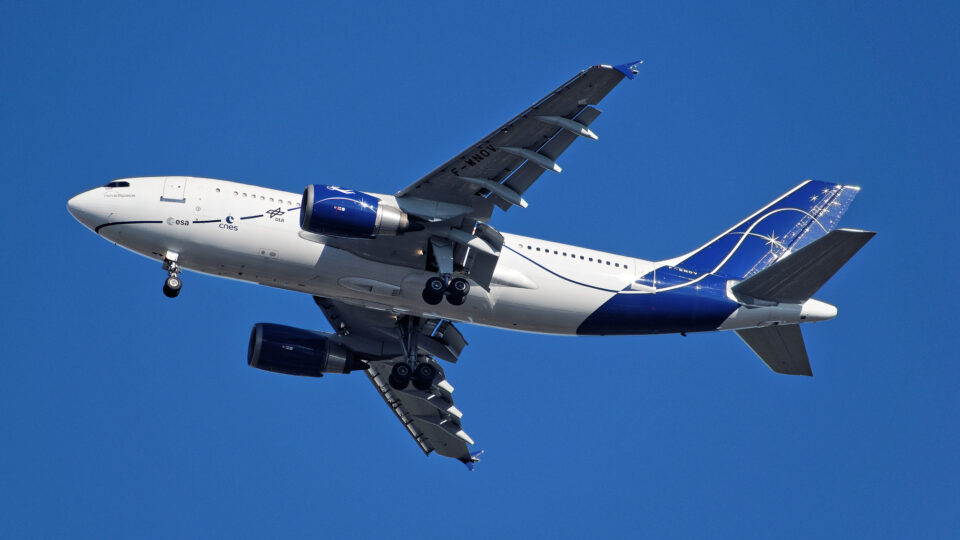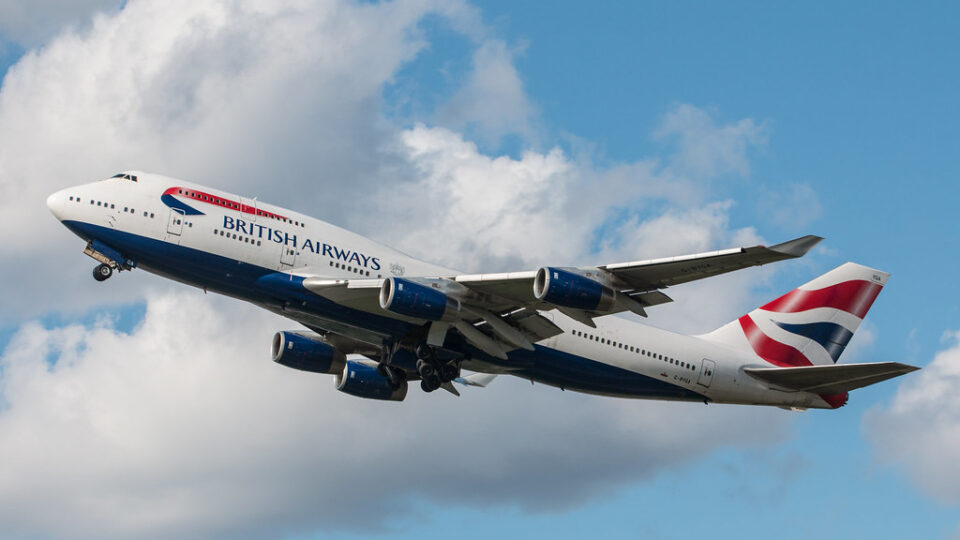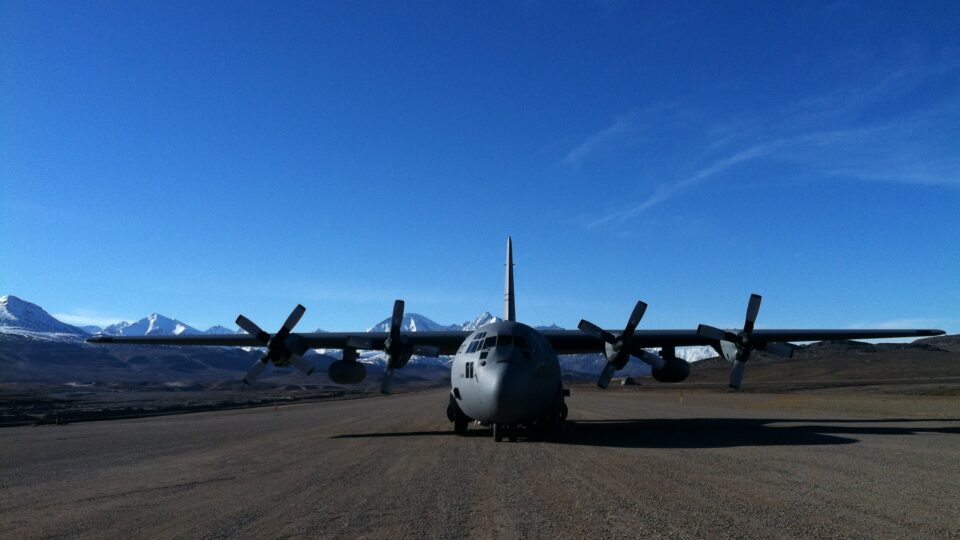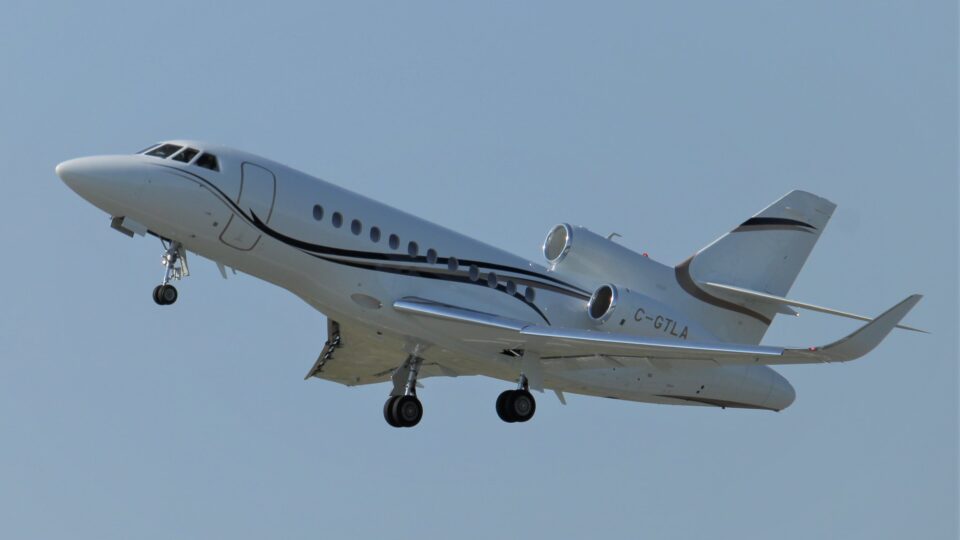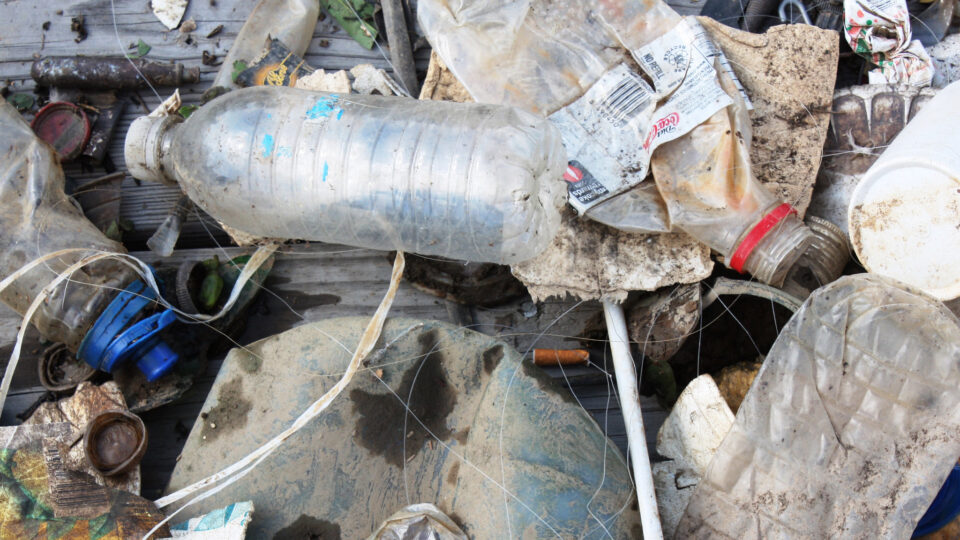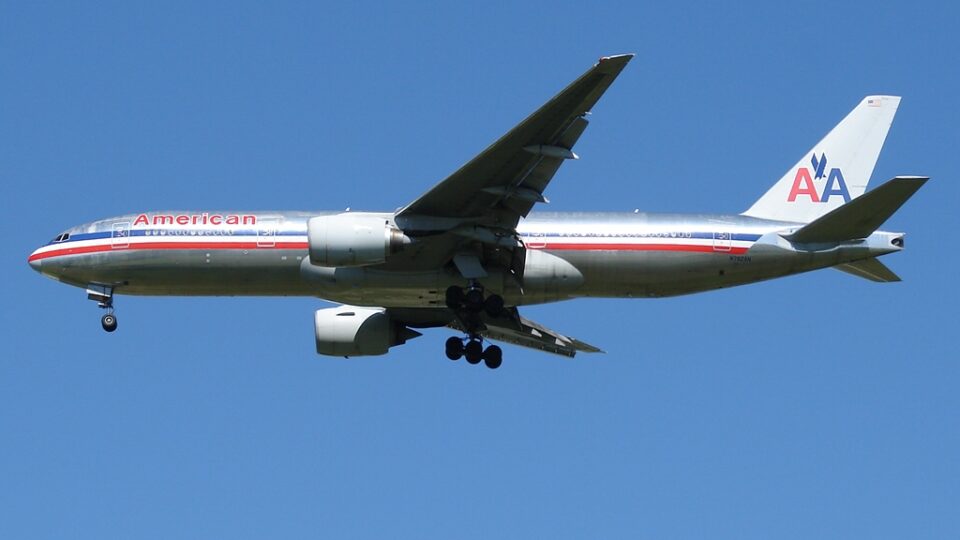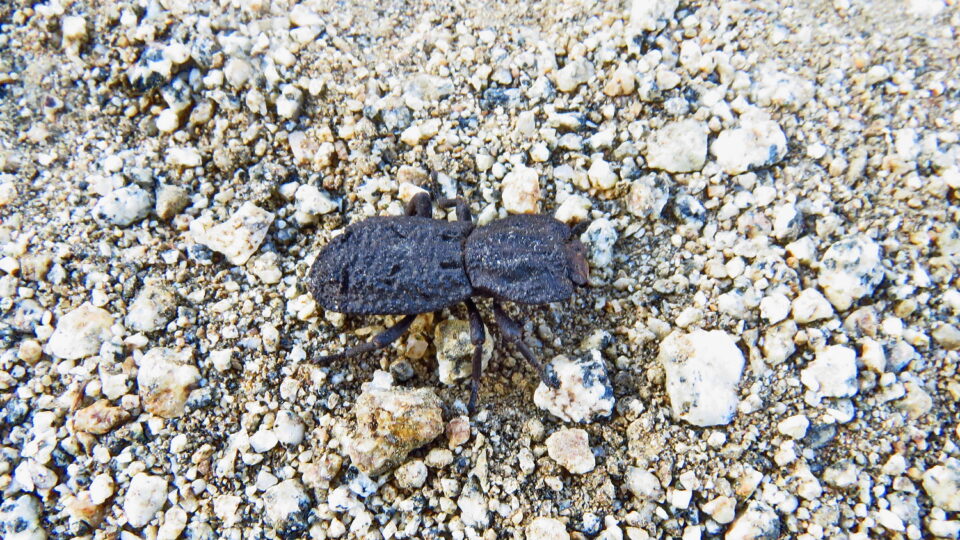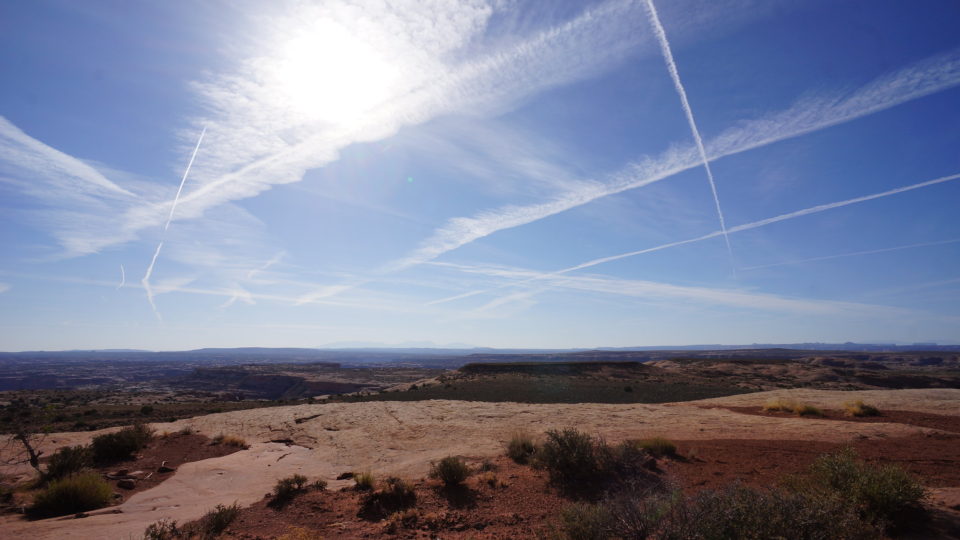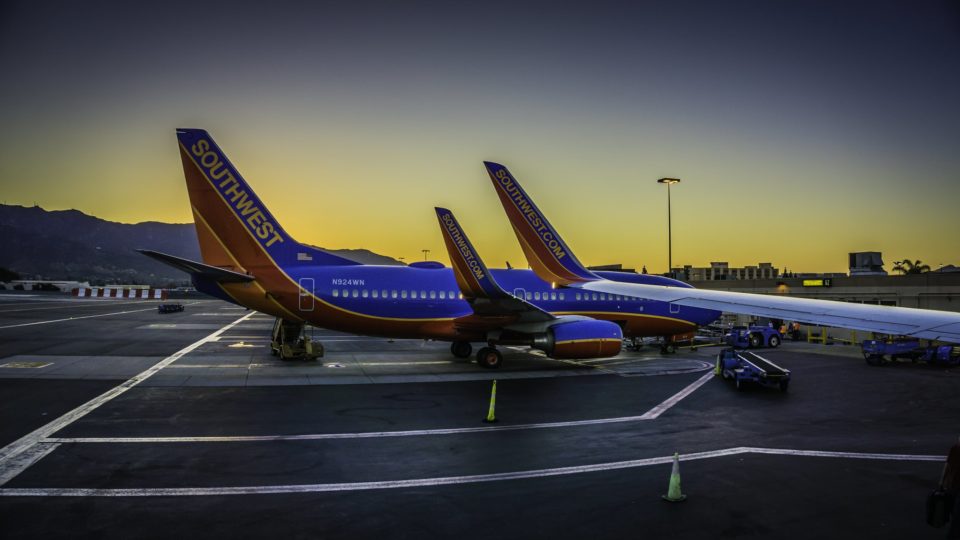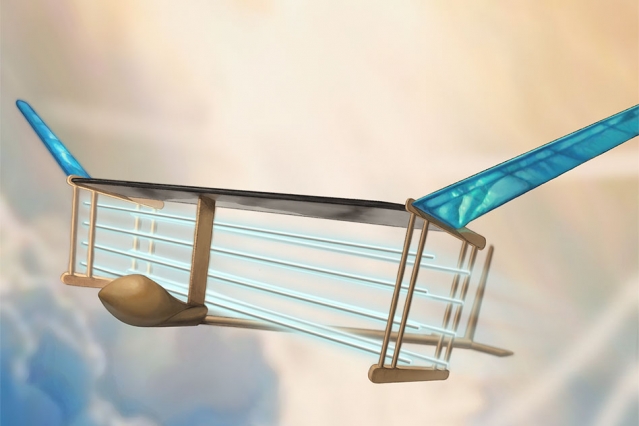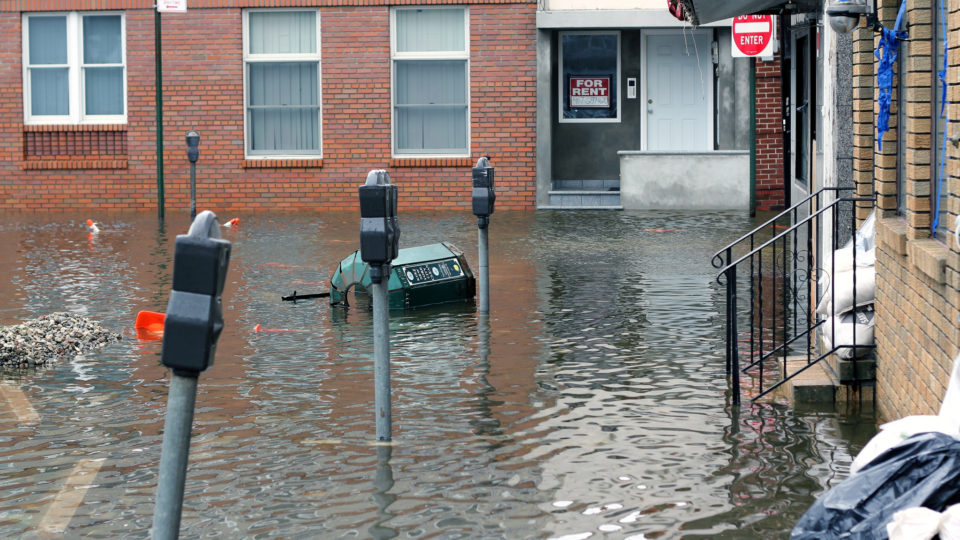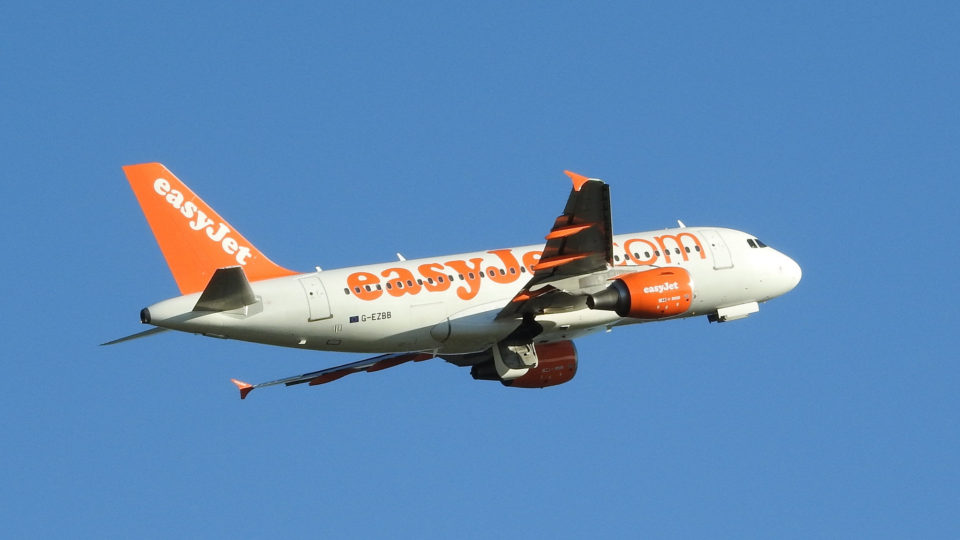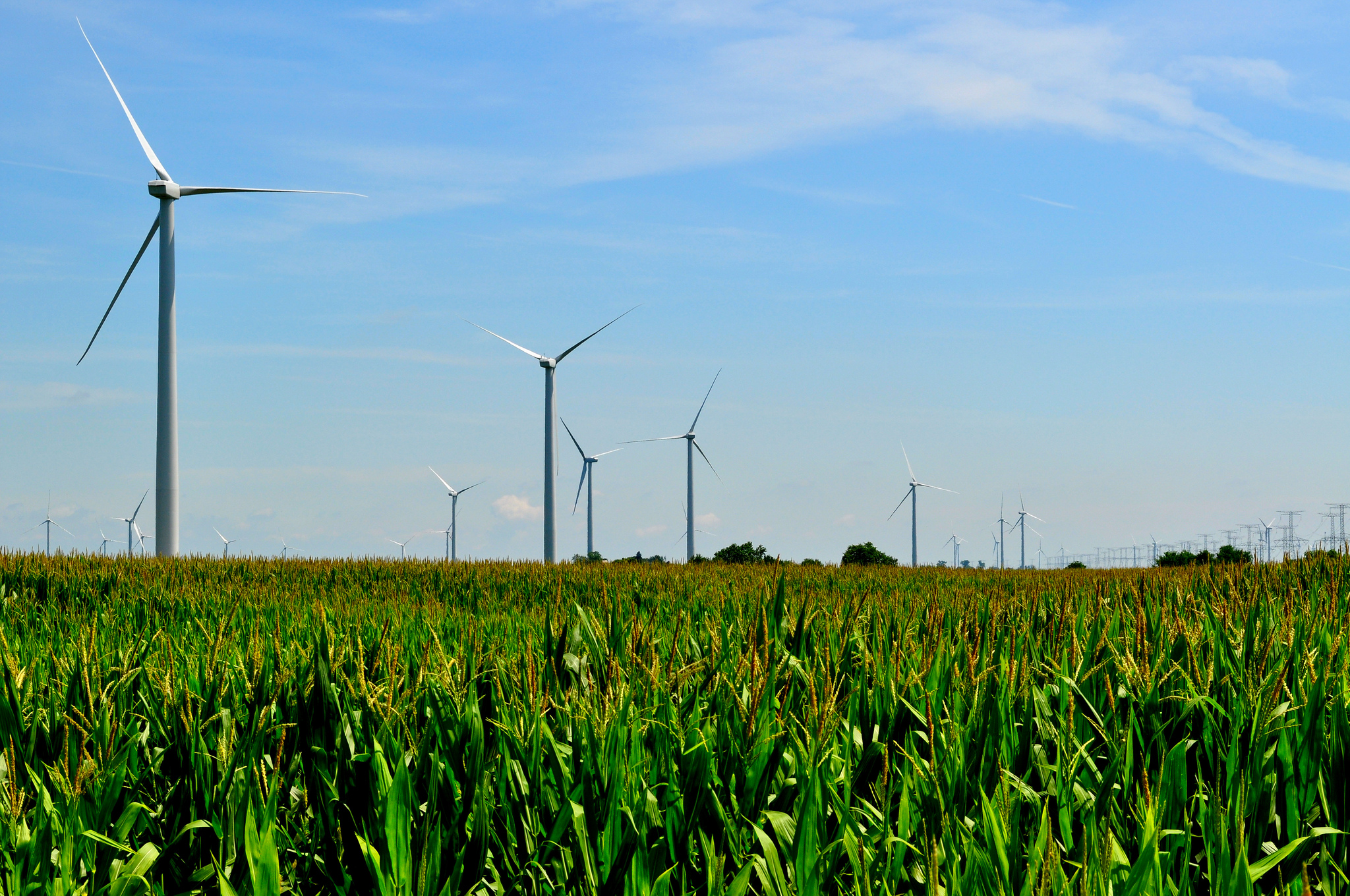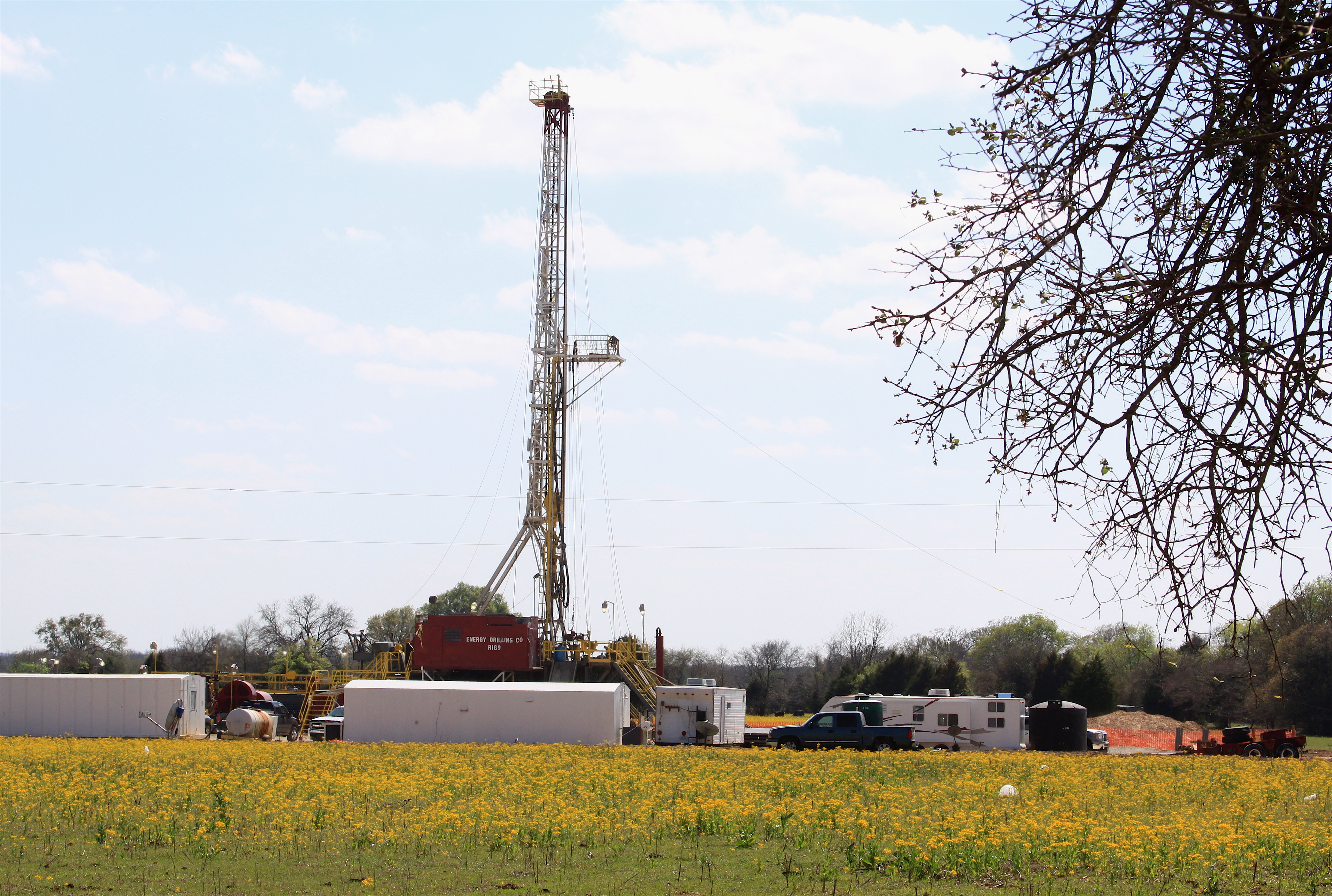Airplanes have been around for over a century, but the idea of powering them with electricity rather than with liquid fuels has been little more than a fantasy. Over the years, billions of dollars have been invested trying to make electric planes practical. In recent times, progress on battery technology has provided a much-needed boost for the field.
Electric planes are nowhere near becoming competitive with long distance commercial aircraft. The weight and power requirements for such craft are far beyond what electric plane technology can do. But electric planes could offer a very practical solution for transporting relatively small numbers of passengers over relatively short distances.
A plane built by the well-funded private company Beta Technologies has flown as far as 386 miles on a single battery charge. The company envisions such planes to be mostly used for trips of 100 to 150 miles. These planes could open new opportunities, like better connecting rural areas that have little or no direct air service.
Their latest model was tested on a trip between Burlington, Vermont and Florida, making multiple stops and flying through congested airspace over Boston, New York, and Washington.
Commercial versions of the planes will likely have lift rotors to take off and land like helicopters, making them deployable in a wide range of places. Many companies are working on electric aviation, and they have backers like major automakers, major airlines, and large investment firms.
Electric planes are not likely to replace conventional aircraft but are likely to have a meaningful impact how we move goods and services and reconnect rural parts of the country.
**********
Web Links
Electric Planes, Once a Fantasy, Start to Take to the Skies
Photo courtesy of Beta Technologies.
Earth Wise is a production of WAMC Northeast Public Radio
